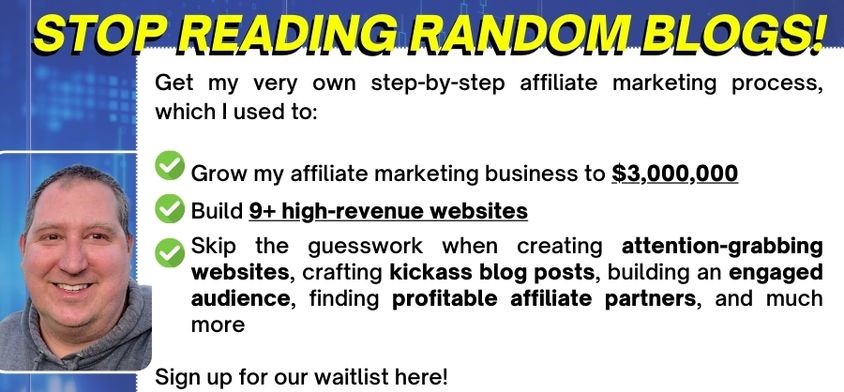Getting a visitor to your website is only half the battle. Once they are there, you’ll want them to do something specific. This is your “call to action” (CTA). In marketing terms, a successful CTA is a “conversion.” The process of turning a visitor into a customer is the “conversion funnel.”
A CTA happens in the last part of the conversion funnel. When a visitor carries out a desired action, that’s the conversion funnel working. Typically, a conversion funnel has three stages:
- Your visitors enters a landing page on your website – they start to look around and decide to explore further.
- Your visitors look for information on your website – products, and services. Your content provides them with useful information and builds trust.
- Your visitors decide to carry out the CTA – You’ve just achieved a conversion.
You can improve steps one and two by designing an easy to use, content rich, informative website. Look at your content from your visitor’s perspective, and create a website to meet their needs.
The third part of the funnel is the CTA, which typically falls into one or more of the following areas:
- Buy a product – Make a purchase through your website and complete payment.
- Sign up for an online service – enter their details and sign up for an online app or another service.
- Contact you about a service – Get in touch to request details of the services you provide.
- Sign up to a mailing list – Enter their email address so you can communicate with them.
- Provide contact information – Share their personal details so you can contact them directly.
- Share content on social media – Encourage your visitors to share your content on Facebook, Twitter, Pinterest, Google Plus, or another social network.
- Click on an advertisement or affiliate link – Website publishers get money when a visitor clicks on an ad or buys a product through an affiliate link. Be careful, deliberately encouraging people to click on ads is against an advertising network’s terms of service and can get your account banned.
There are several important principles for creating an effective CTA…
Make the CTA the last thing you ask your visitor to do
Your CTA should be the last thing your visitor does when they are on your website. Once a visitor has confidence in your business or blog, they are more likely to complete the CTA. Your ultimate aim is to accomplish something through the CTA. It will normally be the end point of your visitor’s journey through your website.
Have just one, simple CTA
A good CTA should be clear, straightforward, and simple. Identify the one key thing you want a visitor to do, and build your CTA around it.
Make your CTA obvious, so it stands out
The CTA should be one of the most obvious elements on your website. You can use buttons, widgets, and other visual design principles to guide your visitors. It’s a good idea to use contrasting colors for your CTA, to make it easy to see against the background.
Appeal to the immediate
An effective CTA uses language to encourage your visitor to act now. Good language includes:
- Limited time offer.
- Sign up today.
- Start your free trial now.
- Download your free ebook.
- Subscribe today.
Test the wording and approach of your CTA
Creating a good CTA takes experimentation and time. Test different variations of text, color, positioning, design and more to see what works best. Use “split testing” (testing different variations on your visitors) to understand what’s converting, and what isn’t. The best way to test is to make small tweaks and refine your CTA over time. This will help you understand what changes made a difference to your visitors.
Measure the effectiveness of your calls to action and conversions
It’s vital to have good analytics and statistics on how your visitors use your website and where they click. Software like Google Analytics can give you helpful insight on how your visitors are behaving. You can only improve what you can measure, so keep accurate details on what changes impacted your conversions. You will build up a good data set over time that will help you refine and improve your CTA.
Incentivize your visitors
The best calls to action use powerful, immediate language together with a reason to click. One of the best ways to achieve this is through incentivizing your visitors. Popular types of incentive include:
- A free trial period for a product or service.
- A free download of an ebook or other information.
- A discount on a product or service.
- A software download; the software might be time-limited or lack all the features of the full version.
You can test different incentives to see what works best.
Provide honest pricing, terms, and conditions
Customers like to know exactly what they will be charged for a product or service, and the terms and conditions they’re agreeing to. This means:
- Providing a clear, transparent price with no hidden costs.
- For service-oriented businesses, providing a price per project, rather than per hour.
- Creating clear terms and conditions that are easy to read and understand.
- Following through with any promises or commitments you make to your customers.
Creating the perfect CTA takes time, experimentation, and measurement. The right approach, language, and incentives can significantly improve your conversion rate and help your business be successful.


